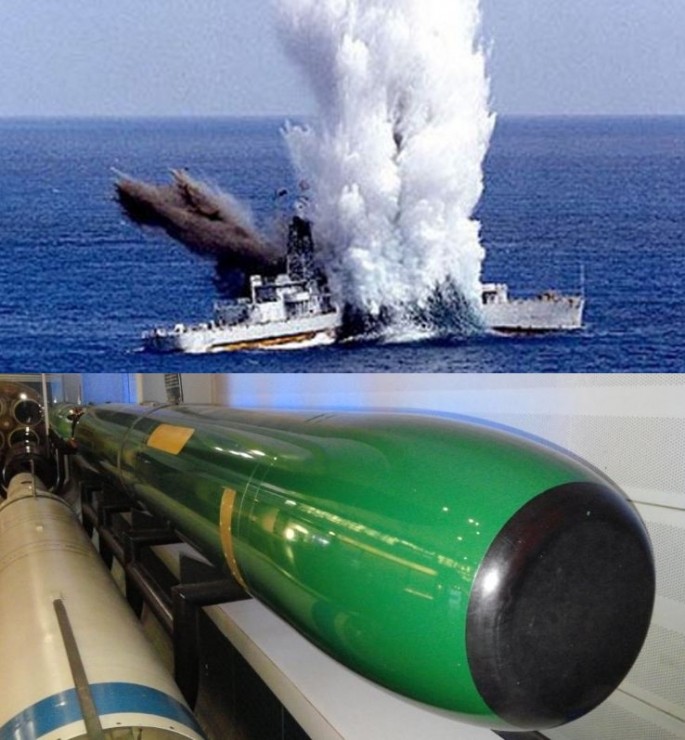The U.S. Navy will re-start production of its long-lived Mark 48 heavyweight submarine torpedo to build a newer and more modular version of this already excellent weapon.
The 45 year-old Mark 48 torpedo arms all U.S. Navy submarines but was recently upgraded to sink deep-diving submarines and high performance surface warships of the Chinese and Russian navies.
This huge, wire-guided torpedo weighing 1,600 kilograms has the unique ability to circle around and again attack a surface warship it failed to hit on its first try. The torpedo is nicknamed "the keel buster" because its warhead is designed to explode beneath the keel of an enemy ship, thereby breaking its back and sinking it more quickly.
The newest version of the torpedo, the Mk-48 Mod 7 Common Broadband Advanced Sonar System (CBASS), is optimized for both the deep and littoral waters and has advanced counter-countermeasure capabilities.
The modular Mod 7 increases sonar bandwidth, enabling it to transmit and receive pings over a wider frequency band. It takes advantage of broadband signal processing techniques to greatly improve search, acquisition and attack effectiveness.
More important, the version is a lot more resistant to Chinese or Russian countermeasures.
Lockheed Martin, which developed the new version of the Mk-48 in 2011, will also be in charge of the production re-start. Under the terms of the contract, Lockheed Martin will deliver 20 Mod 7 CBASS kits to the Navy every month.
The company expects selling some 250 torpedoes to the Navy over the next five years. There are some 760 Mk-48 torpedoes in the U.S. Navy's inventory.
The Mod 7 can deliver a 290 kg high explosive warhead at an enemy surface ship out to a maximum range of 38 kilometers at a speed of 102 km/h. It can also destroy enemy submarines hiding at a depth of 800 meters.
The Mk-48, which is 5.8 meters long, arms all U.S. Navy submarines, including Ohio-class ballistic missile submarines and Seawolf-, Los Angeles-, and Virginia-class attack submarines. It is also used by Canadian, Australian and Dutch submarines.



























